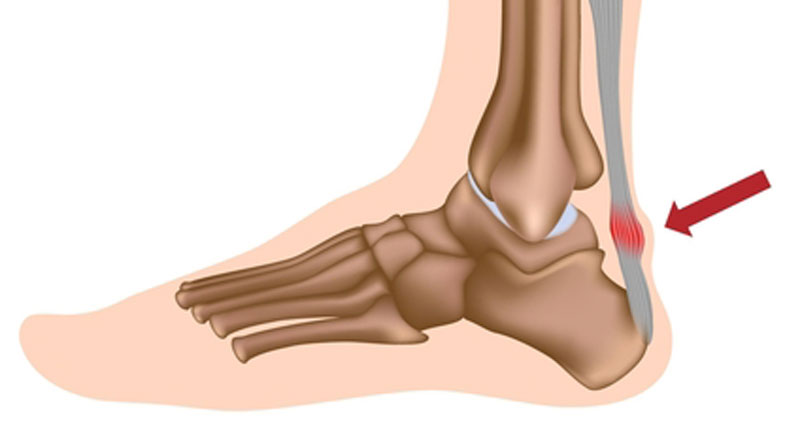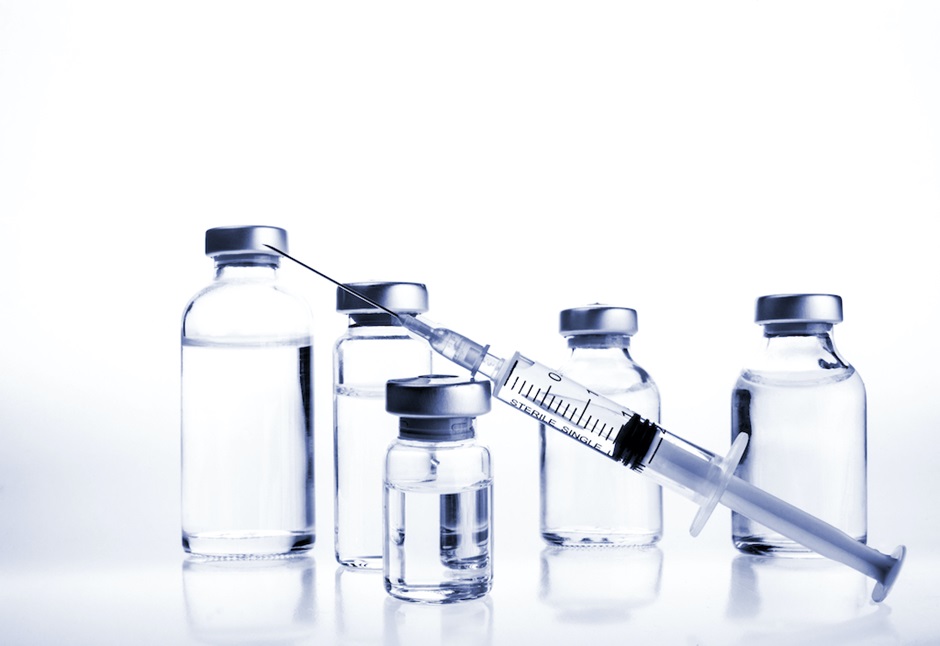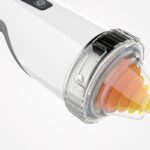This STD test initiative for HIV aims to raise awareness about the benefits of regular screening for HIV infections and viral hepatitis, with the motto of testing. Deal with.
To prevent
It is estimated that at least one in three of the 2.5 million people living with HIV in Europe is unaware of their HIV status. Likewise, 50% of people living with HIV are diagnosed late, thus delaying access to treatment and, as a result, one-third of HIV-associated deaths are attributed to delayed diagnosis.
Hepatitis B and C are common among people at risk and living with HIV. It is also estimated that approximately 13.3 million people are living with hepatitis B virus infection and that approximately 15 million are living with hepatitis C in the WHO European region. As the disease is often asymptomatic and untreated, chronic hepatitis is a major cause of liver cirrhosis and hepatocellular carcinoma. Of the 15 million people living with hepatitis C infection in Europe, only 3.5% are under treatment, the vast majority remain undiagnosed despite a cure.
Facilitating people’s access to HIV, HBV, and HCV tests translate into an increase in the number of people who know their HIV status, thus blocking the transmission chain.
Where can quick tests be performed?
Rapid tests (point of care tests) for screening for HIV, HBV, and HCV infections are possible in community pharmacies and clinical pathology / clinical analysis laboratories. Now you can also opt for the home STD test.
Who should I contact to take the test?
You must go to a member of the pharmacy or laboratory team and then be sent to the service office, according to the order of arrival.
Do I have to present my identification?
No. At no time should any identification document be requested, with the full safeguard of anonymity. There should be no need for an appointment and attendance should be on a first-come, first-served basis.
How long does the quick test result take?
The use of rapid tests allows people to receive their results approximately 30 minutes after the test has been performed.
What is the pre-test advice?
The information to be made available must be clear and concise, adjusted to the user’s needs, and may include:
- transmission routes and ways of preventing infections by HIV, HBV, and HCV
- the test benefits
- the meaning of a reactive and non-reactive test result
- the confidentiality of the test result, as well as any information, shared
- the assessment of the individual risk of infection
- the window period
How is my test identified?
The service user is identified by a numeric code, which is formed by:
- pharmacy code
- year of realization
- user sort number
This code must be placed in the results bulletin to be made available to the user, which contains information about the results (s) of the tests performed.











